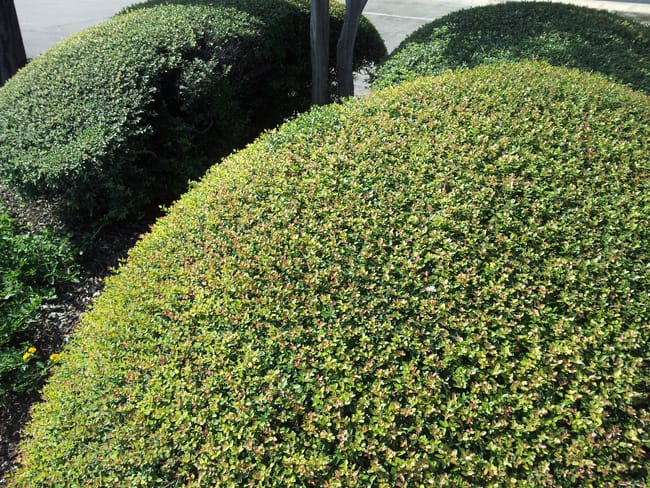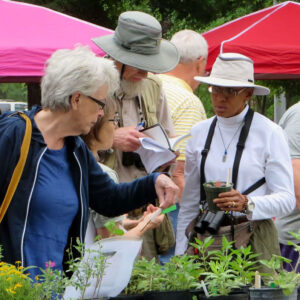The risk to our flying friends posed by human-made objects can be significant. But you can help keep them safe with these simple tips.
by Andrew Barrett
It’s a common sight in spring or summer, a bird pecking at a window, or even worse, flying right into it. While it’s easy to brush this off as innate behavior, the risk of injury to our flying friends is significant. But you can help alleviate the situation.
Identify the Problem
There are several reasons this happens. Most commonly, it’s an act of territorial defense against those they consider intruders. A bird will choose its nesting site based on several factors, primarily proximity to resources and safety from predators. When they notice themselves or others in a reflective surface, this causes an increase in aggression as they try to drive their assumed competitor away.
Simple Solutions
Sometimes birds mistake a reflective surface for a continuation of outdoor space and collide right into it. Pulling down window shades make it more difficult for birds to see their reflections. You can also place anti-collision decals on your windows to reflect UV light and deter birds from the surface (they even add some style to your windows). Awnings or arbors also help reduce reflection to a surface.
If you have a greenhouse, splash some soapy water onto its exterior to produce a cloudy imaged surface. This is an effective method that’s easy to clean and can be used on most reflective surfaces.
Finally, if you have feeders and birdbaths in your yard, move their location from time to time. Keep them more than 30 feet away from windows or closer than three feet to reduce serious injury.
Supporting Local Birds
San Antonio has copious amounts of plants you can include in your garden and other green spaces to welcome feathered friends and provide them with food and shelter.
Sunflowers have become noticeably prominent along the Greenway Trails. This prairie perennial yields a heavy crop of blossoms from summer to late autumn. It’s not too picky about soil and provides seeds that are a great source of nutrition for birds and other wildlife.

Anaqua is a flowering fruit tree identified by its abundance of white flower clusters that appear in warmer weather. These flowers produce tiny fruits with a pumpkin-like flavor.

Two native trees that make good homes for both migratory and resident birds are coastal live oak and pecan trees. Birds are attracted to both the pecans and bugs that reside on the trees.

Small shrubs are among the easiest to plant and maintain shelters for bird species. Cenizo is a hardy drought-tolerant option that requires only minor hedging or tip pruning in the spring or early summer. Its pink flowers and silvery foliage brighten up your yard while also providing great cover for birds.

If you’re looking for a more muted evergreen, yaupon holly (dwarf) is a shorter shrub that normally doesn’t surpass four feet in length and height. It can be planted in full shade, sun or somewhere in between.



